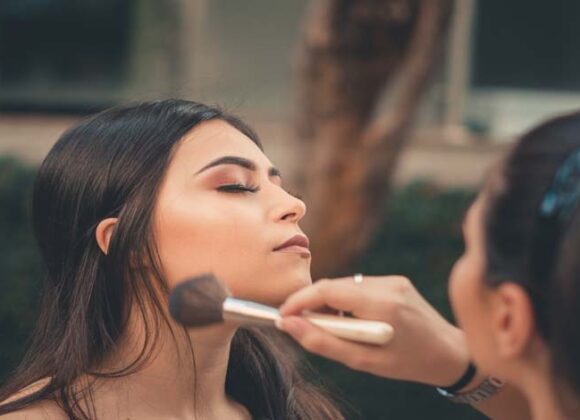When it comes to choosing a pair of walking shoes, you want to make sure that they are the perfect fit for your specific body type. By understanding your body type, you can get the most comfortable orthopedic shoe build up walking shoe fitting experience possible.
Right Orthopedic Shoes For Your Body Type
Different Types of Footed Orthopedic Shoes nyc
If you’re like most people, you probably have a few different pairs of shoes that you rotate throughout the year as needed. But what if you have a shoe that’s “not right” for your foot type? This can be problematic if you have an injury or problem with your feet and can’t find a comfortable pair of shoes to wear.
Here are Three Types of Footed Orthopedic Shoes and Their Recommended Uses:
Flat Footed Orthopedic Shoes: These are typically recommended for people who have flat feet. Flat-footed orthopedic shoes provide extra cushioning and support in the arch and heel areas, which can help improve your balance and mobility. They are also often made with a flexible fabric that allows them to conform to your feet as you walk.
Heel Foot Orthopedic Shoes: Heel foot orthopedic shoes are designed for people who have heel pain or instability. They provide additional support in the ball of your foot and around the ankle joint. This can help improve your gait and stability, which can help reduce the risk of future injuries.
Walking Boot Orthopedic Shoes: Walking boot orthopedic shoes are designed specifically for girls.
Why Do You Need Shoes for Your Feet?
It is no secret that shoes are essential for both personal and professional reasons. Shoes keep your feet protected from the elements and can also improve your balance and agility. Additionally, shoes can help you maintain a healthy foot posture. Why do you need different types of shoes for different activities?
There are four main types of feet: flat, wide, narrow, and high arches. Shoes come in a variety of widths and heights to fit each type of foot.
Flat feet require shoes with a low heel to prevent them from falling over. Wide feet need shoes with a roomy toe box to accommodate their extra wiggle room. Narrow feet benefit from shoes with a snug fit so that they don’t slide around on slick surfaces or when walking uphill. High arches need shoes with an elevated heel to distribute weight evenly across the arch instead of putting pressure on the ball of the foot. How do you find the right orthopedic shoes for your body type?
There are several factors to consider when shopping for orthopedic shoes, including your foot type, activity, and shoe size. To find the right pair of orthopedic shoes for your body type.
What is the Right Orthopedic Shoe For You?
We all know that orthopedic shoes are essential for people with foot problems, but what are the best ones for different body types? In this post, we will discuss four different body types and what type of orthopedic shoe would be best suited for each one.
Type 1: The Averaged Person
This type of person is average in terms of height and weight. They have a normal arch and foot width. As a result, they should wear shoes that fit reasonably well and have a moderately firm heel. Orthopedic shoes with a flat profile are ideal for this body type. Some good brands include Nike and Adidas.
Type 2: The Tall Person
These individuals tend to have taller builds and wider feet than the average person. For these individuals, orthopedic shoes with a higher heel-to-toe ratio are ideal as they provide stability when walking or running. Shoes from brands such as Brooks, New Balance, and Reebok are often recommended for tall people.
Type 3: The Short Person
Short people usually have shorter legs and narrower feet than taller individuals. As a result, they require orthopedic shoes.
Different types of Shoes and How they work with your Feet
Depending on your foot type, you may need to wear different types of orthopedic shoes. Below, we’ll discuss the three most common foot types and the best shoe for each.
Tri-foot: This body type is characterized by having a wide base of the foot, a shallow heel, and a long second toe. When walking or running, this type of foot should use shoes with a firm cushioning and low weight to distribute pressure evenly. Shoes with a narrow toe box are best for tri-foots because they provide more stability and support.
Single-foot: This is the most common foot type, and it’s characterized by having a short heel and a medium-width second toe. This type of foot should use shoes with a medium cushioning and medium weight to evenly distribute pressure. Shoes with high cushioning or heavy weight can cause knee pain in single-foot users because they push the center of gravity too far forward.
Double-foot: This body type is characterized by having two short heels and two medium-width toes. Double-feet should use shoes with high cushioning and lightweight to evenly distribute pressure.
How to Find the Right Orthopedics Shoes for you
If you’re like most people, you probably don’t think much about your orthopedics shoes. You put them on, strap them in place and go about your day. But if you have arthritis or other medical conditions that require special orthopedic shoes, it’s important to select the right pair for your body type.
The most important factor when selecting orthopedic shoes is fit. Make sure to try on a variety of sizes until you find a pair that fits snugly and comfortably. You may also need to adjust the straps if your feet are wide or narrow.
If you have arthritis or other medical conditions, it’s also important to choose shoes that are designed specifically for those conditions. There are many different types of orthopedic shoes available on the market today, so be sure to read the reviews before making a purchase.
Finally, be sure to use caution when walking in new orthopedic shoes. Be especially careful when stepping up onto curbs, steps and other elevated surfaces. If you experience pain or instability while wearing new orthopedic shoes, stop wearing them and wait until they become more comfortable.




